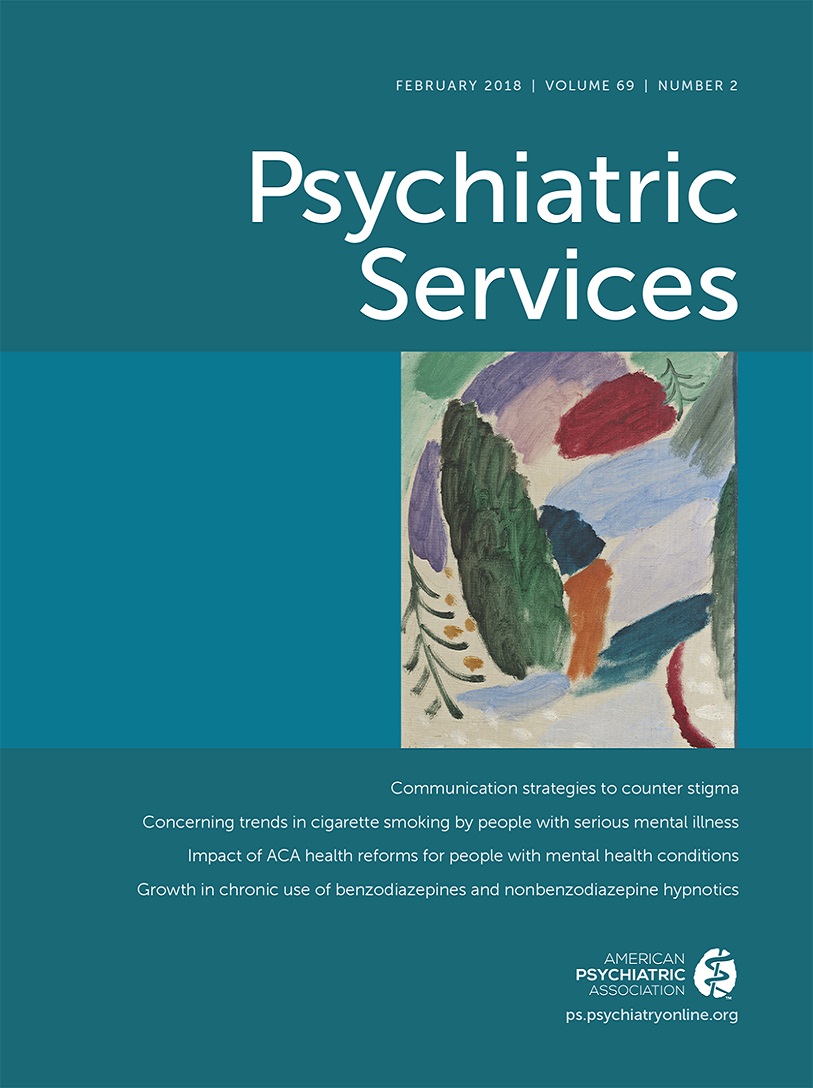Cigarette Smoking by Patients With Serious Mental Illness, 1999–2016: An Increasing Disparity
Abstract
Objective:
This study examined the prevalence of cigarette smoking and the quantity of cigarettes consumed by individuals with schizophrenia and bipolar disorder and those without a psychiatric disorder in the period 1999–2016.
Method:
A total of 1,938 individuals provided information about their cigarette smoking at enrollment into a research study for which they were selected without regard to their smoking status. Differences among groups and trends over time in smoking and cigarette consumption were examined by using multivariate models.
Results:
Marked differences between groups were noted in the prevalence of smoking and in the quantity of cigarettes consumed. Overall, 62% of individuals with schizophrenia, 37% with bipolar disorder, and 17% of participants without a psychiatric disorder (control group) reported that they were current smokers. Smoking prevalence decreased over time in the sample primarily because of the decrease in smoking in the control group. Smokers with schizophrenia and with bipolar disorder smoked more cigarettes per day than smokers in the control group. Among smokers in all the groups, the quantity of cigarettes consumed per day declined significantly over the study period. Smoking was significantly associated with older age, less education, Caucasian race, and male gender.
Conclusions:
The prevalence of smoking has remained alarmingly high among individuals with schizophrenia and bipolar disorder, and the disparity with those without psychiatric disorders and with the general population is increasing. Additional measures are urgently needed to address this major public health problem.




